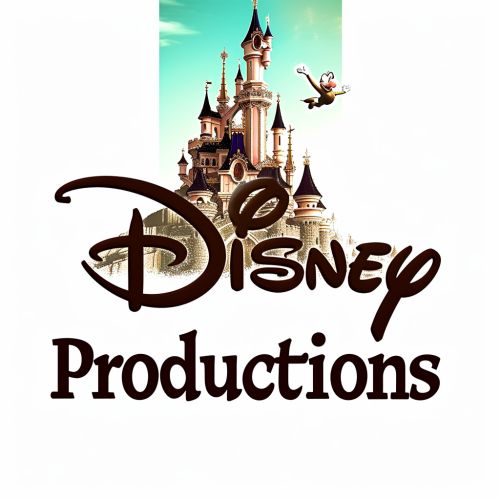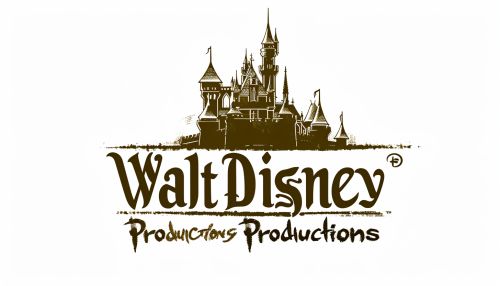Walt Disney Productions
History
Walt Disney Productions was established on October 16, 1923, by brothers Walt and Roy O. Disney as a small studio producing a series of short-lived silent cartoons. The company's first major success came in 1928 with the creation of Mickey Mouse, a character that would become the company's mascot and one of the world's most recognizable cultural icons.
In 1934, Walt Disney Productions began production on its first feature-length animated film, Snow White and the Seven Dwarfs. Released in 1937, Snow White was an unprecedented success, establishing Disney as a major player in the film industry and setting the stage for the company's future growth.


Throughout the 1940s and 1950s, Walt Disney Productions continued to expand, branching out into television with the launch of the Disneyland television series in 1954 and the opening of Disneyland theme park in 1955. The company also continued to produce successful animated films, including classics such as Cinderella, Peter Pan, and Sleeping Beauty.
In the 1960s, Walt Disney Productions began to diversify its operations, entering the field of live-action film production with films like Mary Poppins and The Jungle Book. The company also expanded its theme park operations, opening Walt Disney World in Florida in 1971.
Following Walt Disney's death in 1966, the company faced a period of uncertainty. However, under the leadership of Roy O. Disney, Walt Disney Productions continued to grow and innovate, introducing new technologies such as Audio-Animatronics in its theme parks and pioneering the use of computer animation in its films.
In 1986, Walt Disney Productions was renamed The Walt Disney Company, reflecting the company's expanded scope and diversified business operations. Today, The Walt Disney Company is one of the largest and most well-known entertainment conglomerates in the world, with operations spanning film and television production, theme parks, and various other entertainment ventures.
Animated Films
Walt Disney Productions is perhaps best known for its animated films, which have played a significant role in the history of animation. The company's first feature-length animated film, Snow White and the Seven Dwarfs, was a groundbreaking achievement that established the viability of animated feature films.
Throughout the 1940s and 1950s, Walt Disney Productions continued to produce successful animated films, many of which are now considered classics. These films, including Cinderella, Peter Pan, and Sleeping Beauty, helped to define the "Disney style" of animation, characterized by its high-quality animation, engaging storytelling, and memorable characters.
In the 1960s, Walt Disney Productions began to experiment with new animation techniques, including the use of xerographic technology in films like 101 Dalmatians. The company also began to produce live-action films during this period, although animation remained a core part of its business.
In the 1980s and 1990s, Walt Disney Productions experienced a renaissance in its animation division, producing a series of critically and commercially successful films including The Little Mermaid, Beauty and the Beast, Aladdin, and The Lion King. These films, often referred to as part of the "Disney Renaissance", helped to reestablish Disney's dominance in the field of animation.
Today, Walt Disney Productions continues to produce animated films under both the Disney and Pixar brands, with recent successes including Frozen, Moana, and Zootopia.
Theme Parks
In addition to its film and television productions, Walt Disney Productions is also known for its theme parks. The first of these, Disneyland, opened in California in 1955. Designed and built under the direct supervision of Walt Disney, Disneyland was an unprecedented success, attracting millions of visitors in its first year of operation.
In the years following the opening of Disneyland, Walt Disney Productions expanded its theme park operations, opening Walt Disney World in Florida in 1971, Tokyo Disneyland in 1983, Disneyland Paris in 1992, Hong Kong Disneyland in 2005, and Shanghai Disneyland in 2016.
Each of these parks features a variety of attractions, shows, and experiences, many of which are based on the company's animated films and characters. In addition to these traditional theme parks, Walt Disney Productions also operates a number of other entertainment venues, including cruise ships, vacation clubs, and guided tours.
